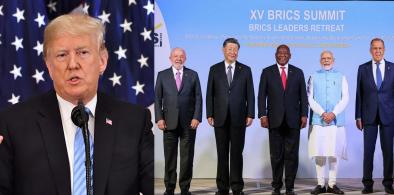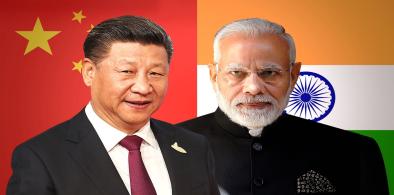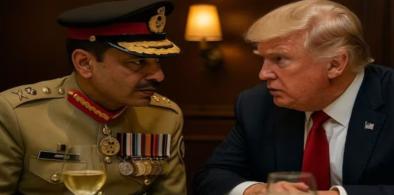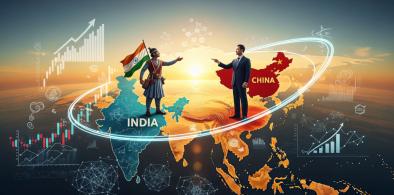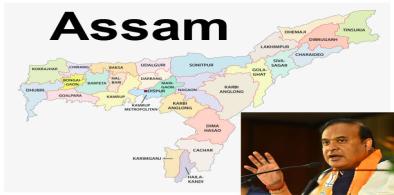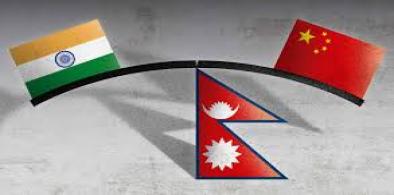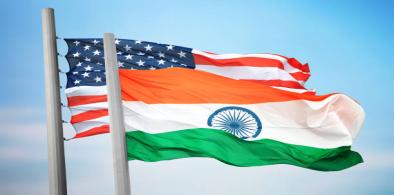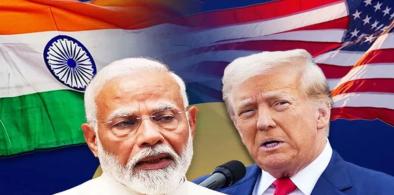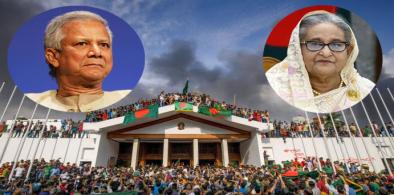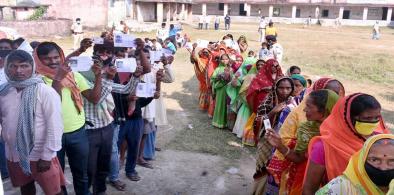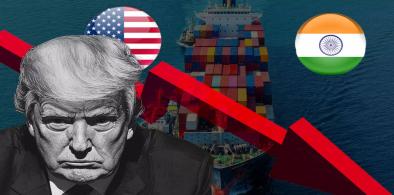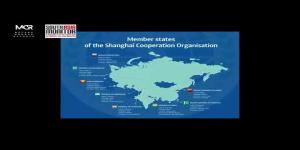In the end, Yunus may find that his greatest failure is not the scandals that have already emerged, but the corrosion of hope that followed him into office. A nation that once believed it had found a principled steward now sees another operator in the same tired political theater—just with better English and a Nobel medal.

India-Bhutan Relationship Offers A Constructive Model For South Asia And A Peaceful Himalayan Region
Beyond India–Bhutan relations, the visit conveys a wider message to South Asia: cooperation grounded in respect, development, and stability remains essential in an uncertain global environment. As the region evolves, India appears to recognize the importance of maintaining strong partnerships without pressuring smaller neighbors or escalating strategic competition.
Red Fort Blast: India Facing A New Form Of Jihad?
The involvement of four doctors, one of whom allegedly executed the Red Fort blast, indicates a model that blends 'inspired' radicalisation with limited external facilitation. Interactions with certain outfits, Kashmiri terror commanders, and external handlers—if confirmed—point to an infrastructure that encourages attacks while maintaining plausible deniability.
The Nuclear Reckoning: Moment Of Awakening For India
It is time for India, along with like-minded nations across Asia, Africa, and Latin America, to articulate a shared agenda of non-alignment 2.0, not as a posture of neutrality but as a strategy of autonomy. The original Non-Aligned Movement (NAM) emerged from the Cold War’s bipolar tension; its modern counterpart must respond to multipolar volatility.
Endangered Indigenous Languages of South Asia: With Dominant Languages Replacing Mother Tongue, Are They Doomed To Die?
The world over, as is evident from the Atlas of endangered languages, there is a thrust of the dominant languages taking a precedence and most of the endangered languages are likely to disappear by 2100. Soon, possibly in the near future, the grand and great grand-children of the present generation may not be able to tell the story of their own mother tongue. Some of these languages will be lost forever and will only be limited to the pages of gazetteers and history books.
The Tianjin Calculus: Modi, Xi, and the Unfinished Chapter of the 21st Century
The most probable outcome in Tianjin is what one Indian diplomat called a “tactical pause.” A cooling of tensions, a resumption of some economic and security dialogues, perhaps even a roadmap for regular high-level contact. That would be enough to stabilise the border and signal to Washington that India has options.
When Pakistan's Nuclear Blackmail Becomes A Currency: U.S. Silence and Strategic Choices for India
India is a responsible nuclear power, the world’s fastest-growing major economy, and a civilisation-state that does not live on borrowed credibility. It has the patience to navigate provocation and the capacity to respond decisively. If Pakistan’s military flirts with Armageddon, India will respond “BrahMostically” with unmatched precision and power.
The Asian Century by 2050: Three Possible Scenarios for Regional Power and Global Leadership
Whether dominated by China's singular might, led by India's democratic coalition, or governed through shared stewardship, the path Asia takes by 2050 will profoundly influence the global balance of power, ethical governance, and economic prosperity. India's role, whether as counterweight or partner to China, will be critical.
Assam's Demographic Dilemma: Will Politics of Population Divide or Unite Northeast India's Most Populous State?
A seminal 2020 study by Das and Talukdar outlines the socio-economic and political consequences of this migration. The authors note that the influx, particularly post-1971, has led to widespread fear among Assamese communities about becoming minorities in their own homeland. Migration has altered landholding patterns, changed linguistic profiles, and generated social unrest.
Nepal Negotiating A Difficult Equilibrium Between China And India
With the steady return of Chinese tourists as well as expanding trade, China’s growing commercial footprint in Nepal is forcing Kathmandu to search for balance and sustainability in its economic engagement with China. It will also perhaps move India to compete more selectively to secure its commercial presence in the face of a resurgent Chinese involvement.
A Reconfigured Geoeconomic Landscape Presents India With A Strategic Opportunity
India should reiterate its strategic autonomy publicly while making clear that it views strong ties with the US as vital. India insists its oil purchases from Russia are driven by economic necessity, not geopolitics, while questioning US-EU hypocrisy on Russia sanctions. Counter Trump's alignment with Pakistan and inflammatory rhetoric by highlighting India’s reliability as a global partner and democratic ally in the Indo‑Pacific.
The Art of Losing Friends: Modi’s 21-Day Gamble with Donald Trump
The unintended winner in this drama may well be China. Not just because Modi plans to travel to Beijing. If the trade standoff continues, Indian exporters—particularly in labor-intensive sectors like textiles, pharmaceuticals, electronics, and jewelry—will lose market share to Chinese and Vietnamese rivals, not to speak of South Asian rivals like Bangladesh and Pakistan, at least on textiles.
Who Is Leading the AI Innovation Race? India Can Lead New Wave of AI Innovation for Global South
India has many of the core ingredients necessary for AI leadership: A large and growing pool of STEM graduates (over one million annually). Pioneering digital public infrastructure, including Aadhaar, UPI, and CoWIN.Rich linguistic and cultural diversity to train context-sensitive, globally adaptable AI models.
US-India ties under Trump tariff strain: Major challenge for Modi government
In the light of his calculated avoidance of any media interaction in the last 11 years, it is unlikely that he would be asked what he meant by “personal price”. For a prime minister to say something that serious in such categorical terms requires attention. Conversely, it may just be in keeping with his penchant for political theater to keep his opponents and supporters guessing what he meant.
India's GDP Numbers: The Myth of Prosperity and the Reality of Inequality
According to the World Inequality Lab, the top 1% own over 40% of India's total wealth. The starkness of this trend is apparent: a "rising India" for a few, but ongoing deprivation for the majority.
Bangladesh a Year After Hasina: A Nation in Search of an Identity
Which is why, the recent attacks on the ancestral homes of Tagore and Satyajit Ray, who are Indian but are also both global icons of Bengali culture, indicate considerable confusion in the thinking that is guiding Bangladesh policy since Hasina fled Dhaka. Has Islam and the Islamic identity subsumed the Bengali identity and culture of Bangladesh?
Democracy on Deadline: How Electoral Bureaucracy Disenfranchises The Marginalised in Bihar
Bihar's 2025 electoral revision controversy is not only a national alarm bell but reveals how easily democratic process can be exclusionary under the guise of order; how silence can mask erasure. To preserve democracy, India must reimagine governance not as a gatekeeper of rights but as a facilitator of justice; it must transition from exclusionary governance to one rooted in dignity, justice, and participation, as voting is not just a right but recognition.
Trump’s Tariffs, India, And The Misreading Of America
A hug, even an awkward or forced one, between Modi and any world leader, particularly Trump will have no bearing on his policy however much he continues to refer to both India and the prime minister as his friend. At best, it is a lip-deep expression that so many Indians, both here in America and in India, have treated as an article of faith. It is anything but that.
Why Pakistan Remains Relevant For International Community
This client-state relationship is critical for the illusionary perseverance of Pakistani relevance. Pakistan becomes indispensable not because it is reliable, but because it's situationally useful. The US, China, and Gulf states don’t expect consistency, they expect deliverables. As long as Pakistan delivers (or threatens to disrupt), it retains leverage.




